Ramon Matas Navarro
Federated Learning Based on Dynamic Regularization
Nov 09, 2021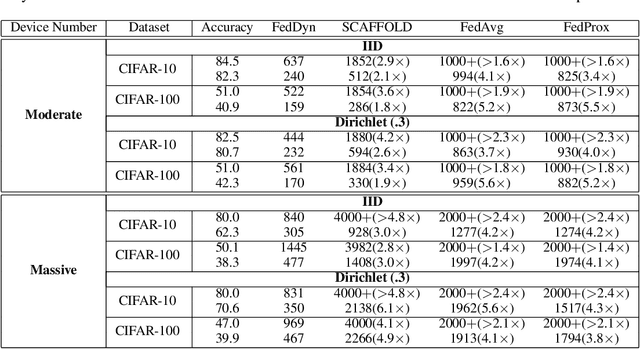
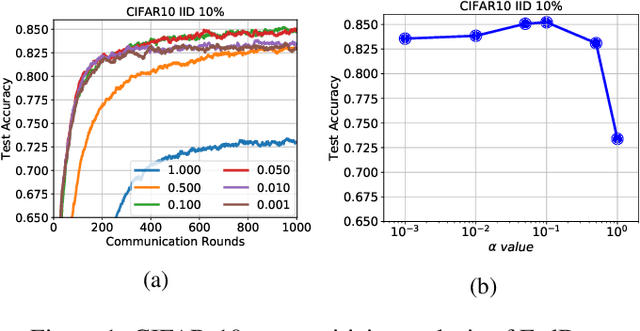
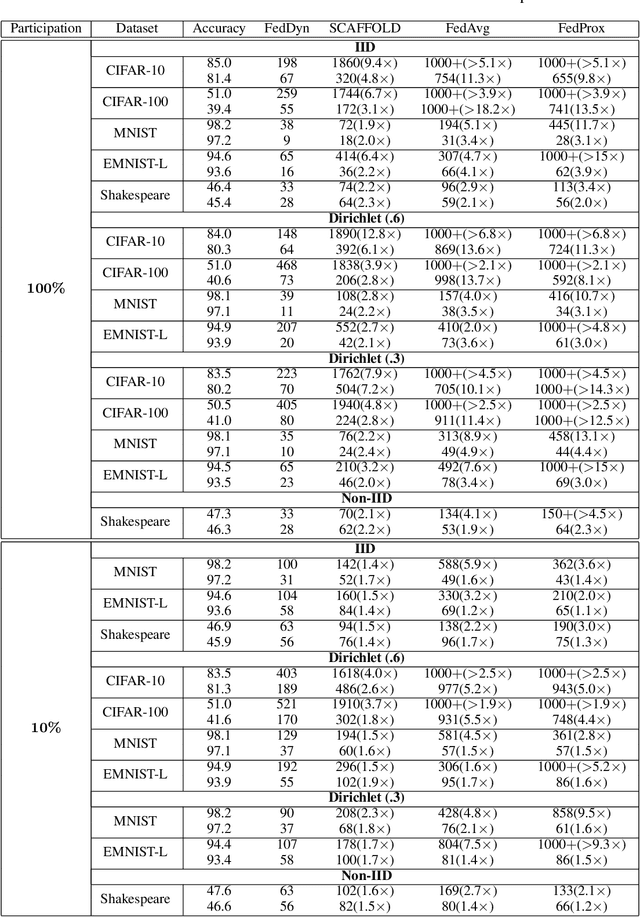
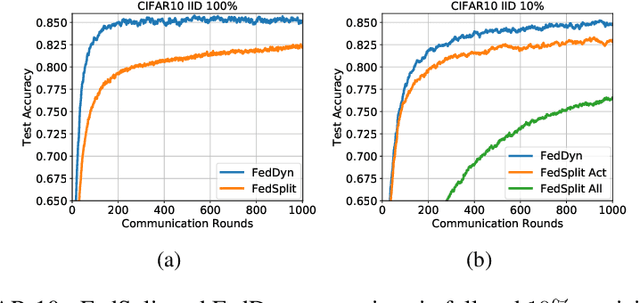
Abstract:We propose a novel federated learning method for distributively training neural network models, where the server orchestrates cooperation between a subset of randomly chosen devices in each round. We view Federated Learning problem primarily from a communication perspective and allow more device level computations to save transmission costs. We point out a fundamental dilemma, in that the minima of the local-device level empirical loss are inconsistent with those of the global empirical loss. Different from recent prior works, that either attempt inexact minimization or utilize devices for parallelizing gradient computation, we propose a dynamic regularizer for each device at each round, so that in the limit the global and device solutions are aligned. We demonstrate both through empirical results on real and synthetic data as well as analytical results that our scheme leads to efficient training, in both convex and non-convex settings, while being fully agnostic to device heterogeneity and robust to large number of devices, partial participation and unbalanced data.
MicroNets: Neural Network Architectures for Deploying TinyML Applications on Commodity Microcontrollers
Oct 25, 2020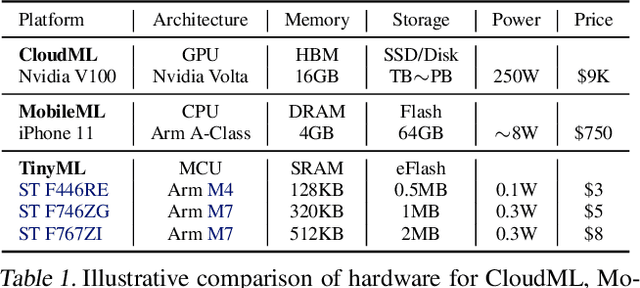
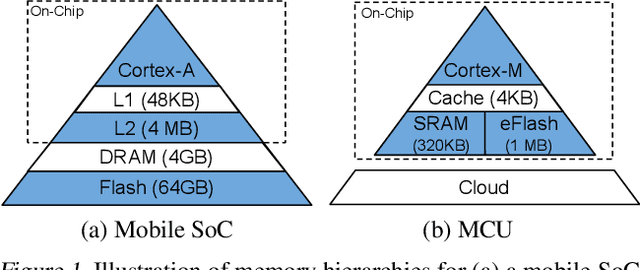
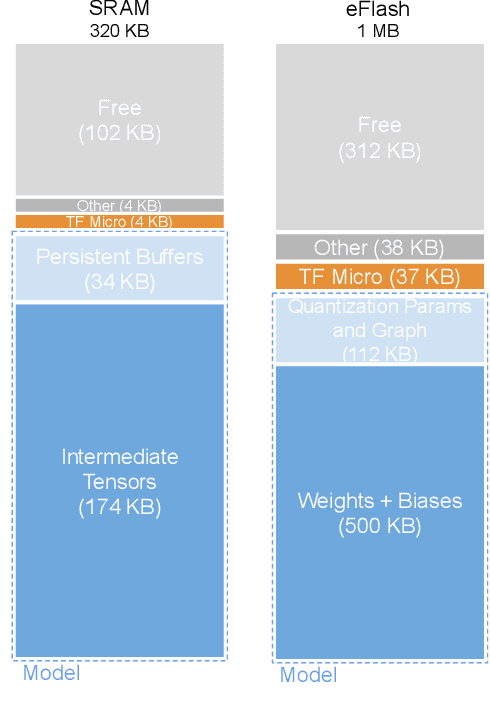
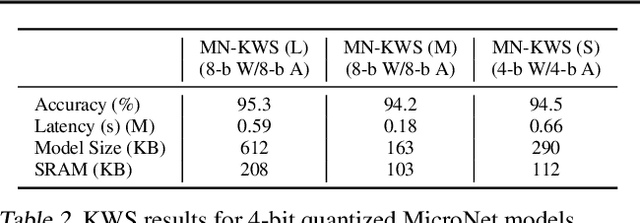
Abstract:Executing machine learning workloads locally on resource constrained microcontrollers (MCUs) promises to drastically expand the application space of IoT. However, so-called TinyML presents severe technical challenges, as deep neural network inference demands a large compute and memory budget. To address this challenge, neural architecture search (NAS) promises to help design accurate ML models that meet the tight MCU memory, latency and energy constraints. A key component of NAS algorithms is their latency/energy model, i.e., the mapping from a given neural network architecture to its inference latency/energy on an MCU. In this paper, we observe an intriguing property of NAS search spaces for MCU model design: on average, model latency varies linearly with model operation (op) count under a uniform prior over models in the search space. Exploiting this insight, we employ differentiable NAS (DNAS) to search for models with low memory usage and low op count, where op count is treated as a viable proxy to latency. Experimental results validate our methodology, yielding our MicroNet models, which we deploy on MCUs using Tensorflow Lite Micro, a standard open-source NN inference runtime widely used in the TinyML community. MicroNets demonstrate state-of-the-art results for all three TinyMLperf industry-standard benchmark tasks: visual wake words, audio keyword spotting, and anomaly detection.
 Add to Chrome
Add to Chrome Add to Firefox
Add to Firefox Add to Edge
Add to Edge